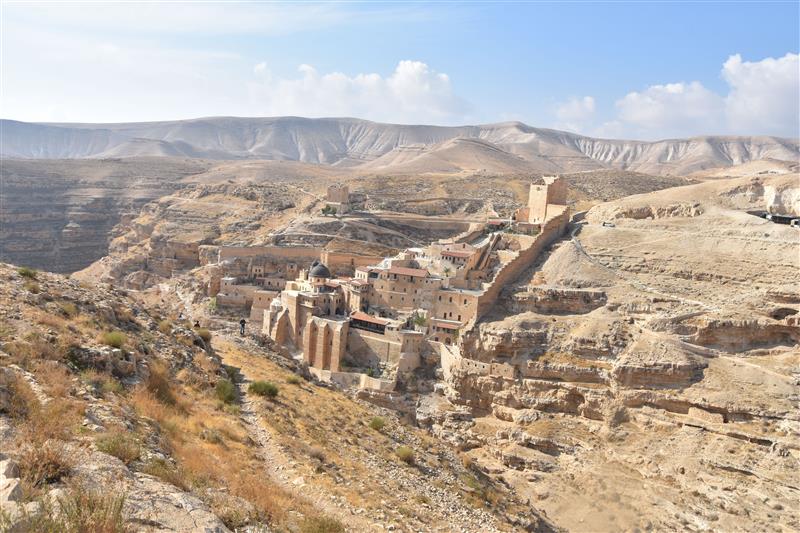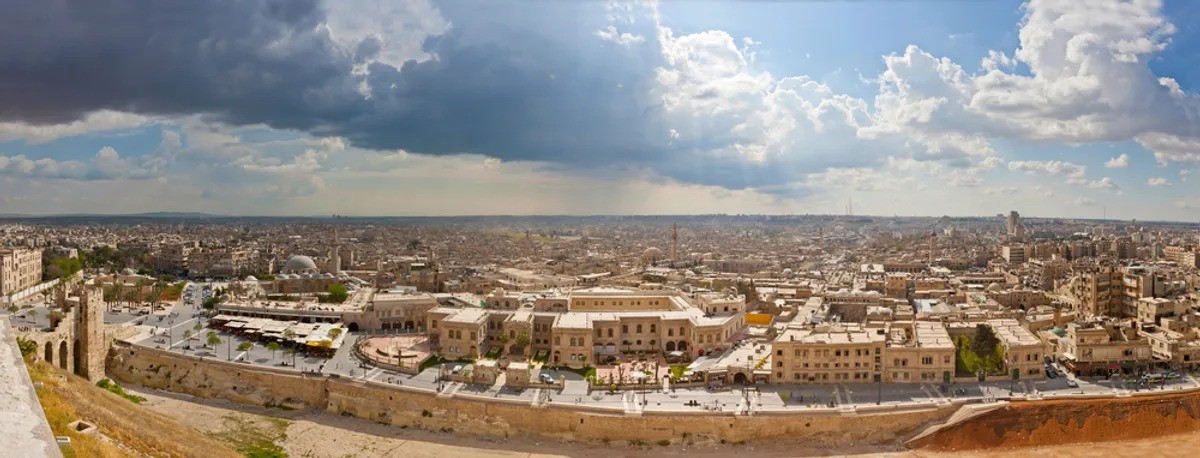At some point in human history, our ancestors decided to urbanize, building sprawling metropolises to live and work in. Some of these ancient cultural and economic hubs are still standing today, and have been inhabited ever since their construction – but which is the oldest? It’s not an easy question to answer – these cities are thousands of years old, so accurately pinpointing their history is tricky – but here are some of the contenders.
Jericho, Palestine
At around 11,000 years old, Jericho is a prime candidate for oldest surviving city. Archaeological evidence suggests the area has been the site of numerous successive settlements over the past millennia, with parts of the city and its famous walls believed to have been constructed around 9,000 BCE.
It’s certainly the oldest walled city in the world, but whether it’s been inhabited all that time is another story. According to some sources, it was abandoned for centuries on end – so we may be playing fast and loose with the word “continuously” here.

Mar Saba Monastery in Jericho.
Image credit: Ameer qaimari/Shutterstock.com
It should be noted that these ancient structures are not in modern-day Jericho, but in Tell es-Sultan, around 2 kilometers (1.2 miles) north of the present-day city center.
Damascus, Syria
Evidence of human settlement in the Syrian capital also stretches back millennia – excavations on the outskirts of the city have demonstrated the World Heritage Site was inhabited as early as 8,000 to 10,000 BCE, as per UNESCO.
However, it likely didn’t become a major municipality for some time – it wasn’t until the third millennium BCE that the city was founded.
Aleppo, Syria
Also in Syria is Aleppo, where there is evidence of human civilization dating back to the 10th century BCE. As for when the country’s largest city became permanently populated, that is less clear, although some suggest it may have been inhabited since the sixth millennium BCE.

Aleppo before the Syrian Civil War.
Image credit: Benedikt Saxler/Shutterstock.com
We do know that by at least the second millennium BCE it was a hive of metropolitan activity, located at the crossroads of several important trade routes.
Faiyum, Egypt
Originally founded by the ancient Egyptians as Shedet, and known as “Crocodilopolis” by the Greeks, Faiyum is located on the Nile River some 100 kilometers (62 miles) south of the modern capital Cairo.
There is evidence of human habitation as early as 7,200 BCE, with the first agricultural community cropping up at some point in the sixth millennium BCE, making it the oldest city in Egypt and one of the oldest settlements in Africa.
Other notable contenders include Byblos in Lebanon, which can claim continuous habitation since 5,000 BCE; Beirut, also in Lebanon, which was urbanized around 3,000 BCE; and Susa in Iran, which evolved into a major city between 4,000 and 5000 BCE.
We might not have a definitive answer as to what the world’s oldest continuously inhabited city is, but we can tell you the oldest city in America – it’s older than the US itself and you’ll find it in Florida.
Source Link: What Is The Oldest Continuously Inhabited City In The World?